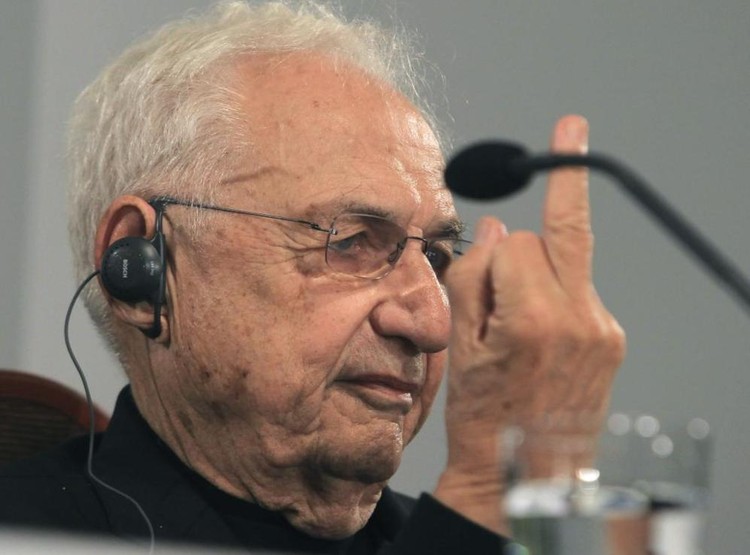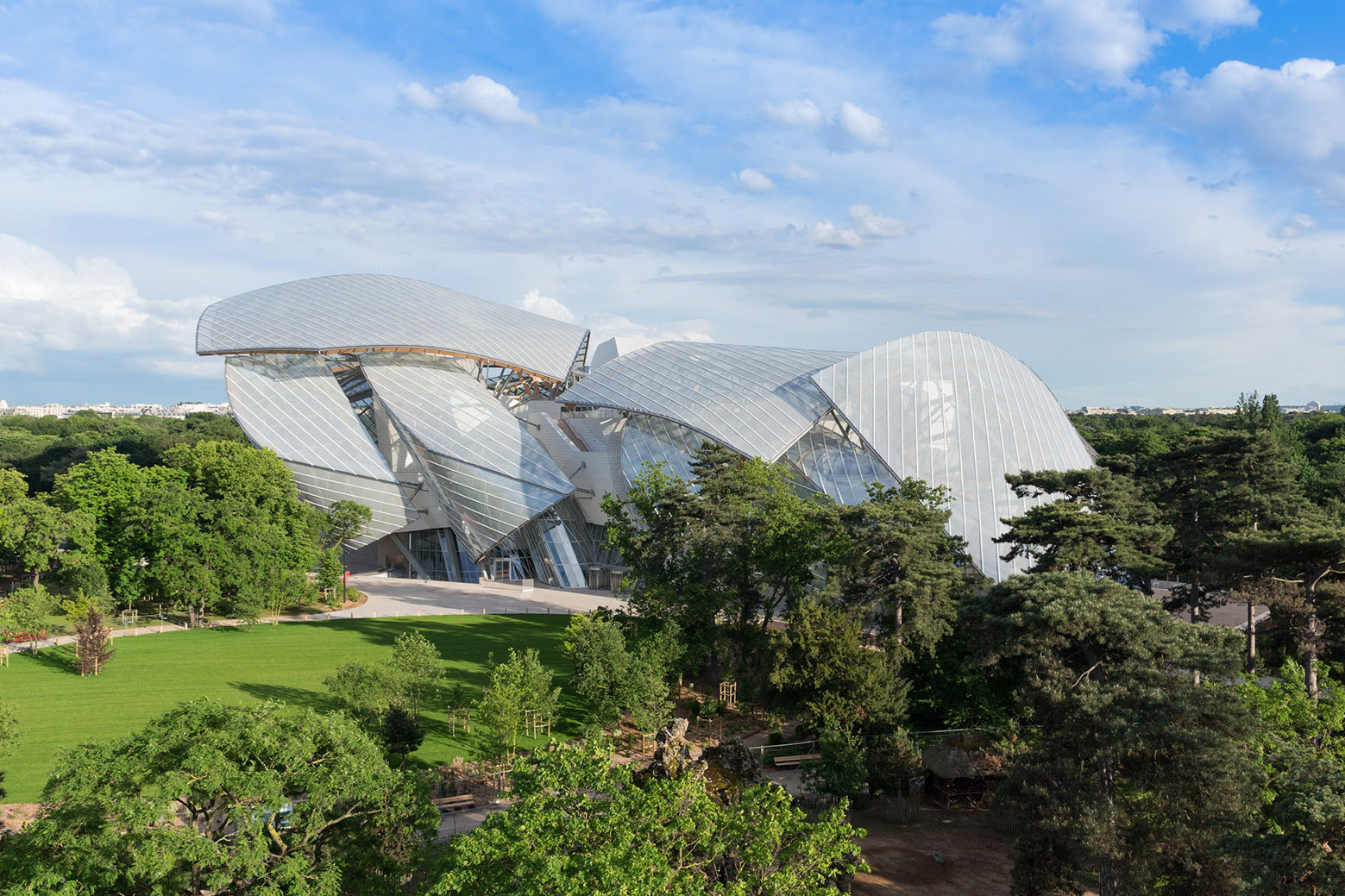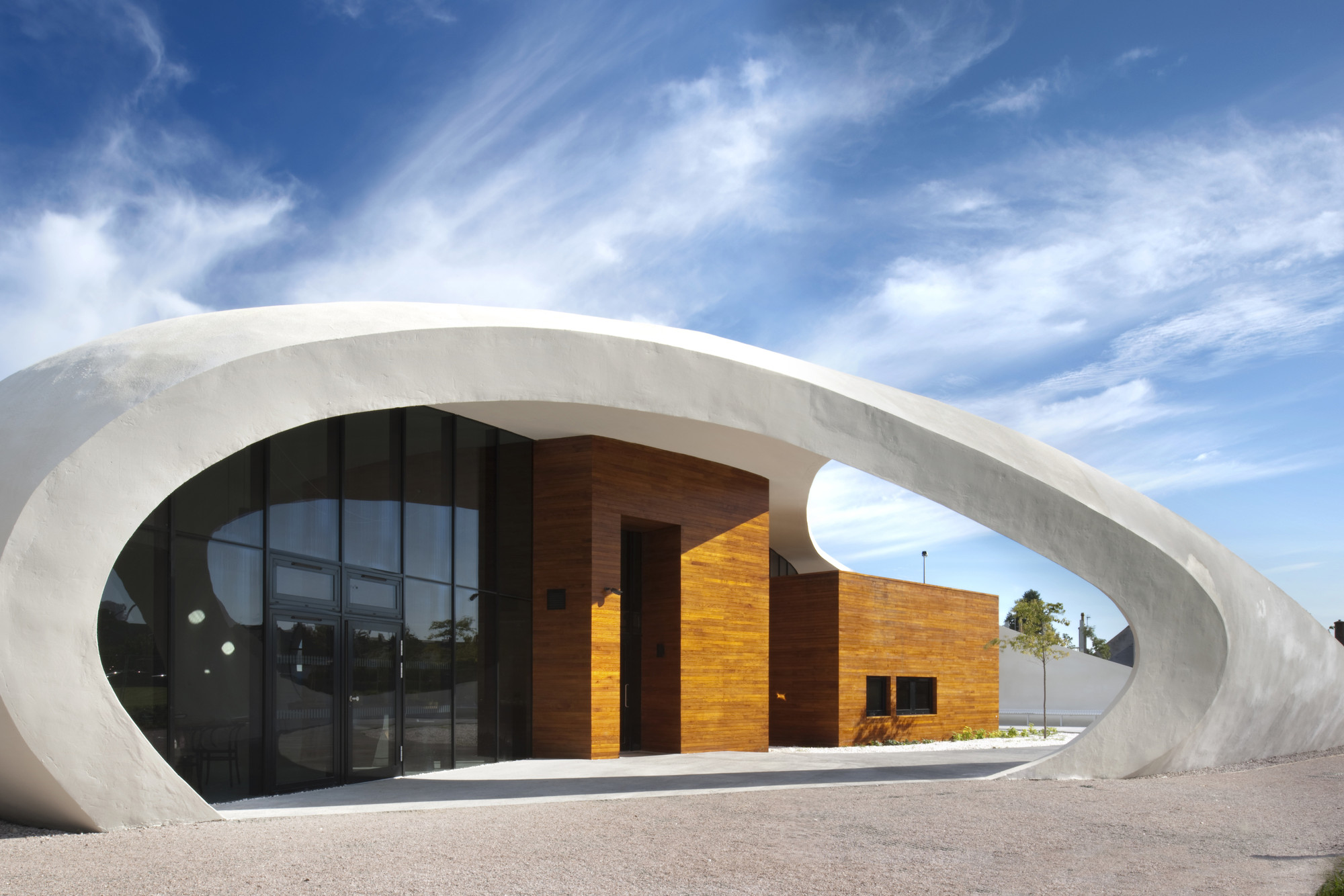
With criticism forcing progress on MAD’s “mountainous” Lucas Museum to come to a standstill, Frank Gehry has released a statement on the Chicago Tribune urging critics to “take the proper time to review” the museum before dismissing it.
“Chicago is a great city for architecture and has historically supported innovative, forward-looking work. There is a natural impulse to deride a project in the early stages of design, particularly one that has a new shape or expression. This is not a new concept,” says Gehry, citing that both the Guggenheim Museum Bilbao and Los Angeles Walt Disney Concert Hall were shrouded in criticism before becoming “great assets to their mutual cities.”






































